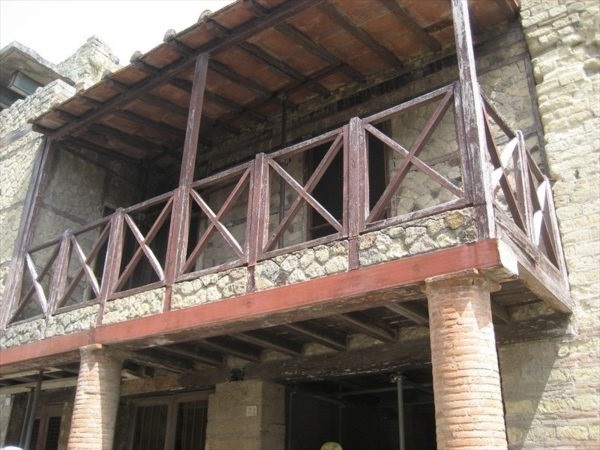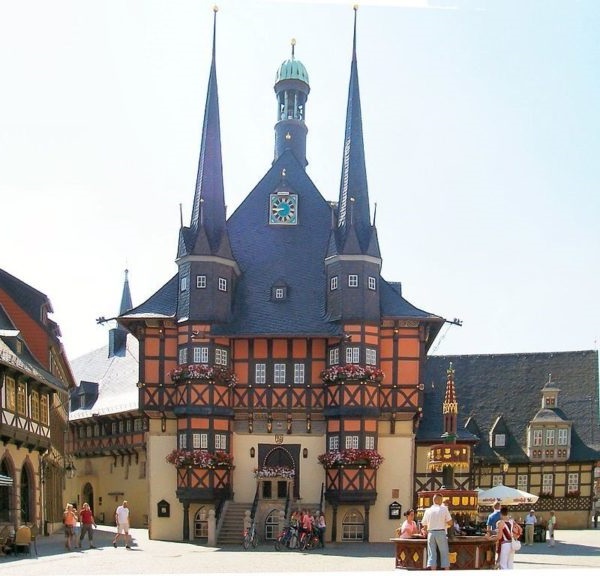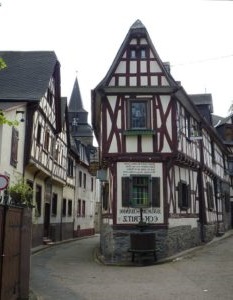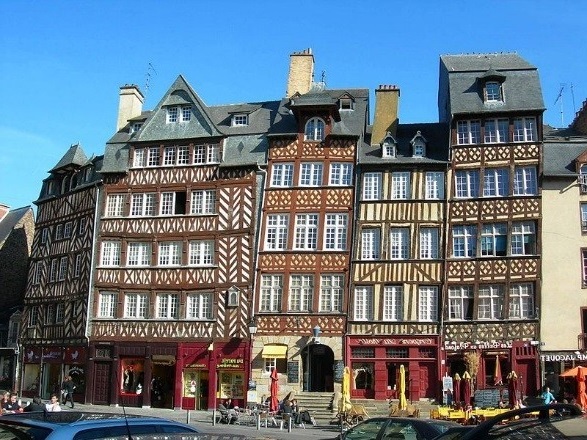
Timber framing, an ancient building technique that has stood the test of time, has played a crucial role in shaping architectural landscapes across various cultures and civilizations.
This method of construction involves crafting wooden frames using large, sturdy timbers joined together with intricate joinery, without the need for nails or metal fasteners. The history of timber framing is a fascinating journey that spans centuries, showcasing the enduring strength and beauty of this traditional building method.
Contents
Ancient Beginnings
The roots of timber framing can be traced back to ancient civilizations, where early builders discovered the structural benefits of using timber as a primary building material. In ancient China, wooden structures like the famous Pagodas showcased the ingenuity of timber framing.
Meanwhile, in ancient Rome, timber framing was employed in the construction of villas and temples, contributing to the architectural grandeur of the empire.

Medieval Europe
Timber framing reached new heights during the medieval period in Europe, becoming a hallmark of Gothic architecture. As the demand for larger and more elaborate structures grew, timber framing became a preferred method for constructing cathedrals, castles, and manor houses.
The intricate designs of exposed timber frames became not only a structural necessity but also an artistic expression, featuring elaborate carvings and decorative elements.
The Half-Timbered Houses
One of the most recognizable manifestations of timber framing emerged in medieval and Renaissance Europe with the construction of half-timbered houses. These buildings featured exposed wooden frames filled with wattle and daub or brick, creating a distinctive aesthetic.
The timber frame, often left visible on the exterior, showcased the craftsmanship of the builders and reflected the economic status of the owner.

Colonial America
The tradition of timber framing crossed the Atlantic with European settlers, leaving an indelible mark on the architecture of colonial America. The first English settlers brought with them the skills and techniques of timber framing, which became integral to the construction of barns, homes, and public buildings.
Timber-framed structures, such as the Old Ship Church in Hingham, Massachusetts, stand as enduring examples of this craftsmanship.
The Renaissance of Timber Framing
While timber framing experienced a decline with the advent of industrialization and the use of steel and concrete in the 19th century, the late 20th century witnessed a renaissance of interest in traditional building methods.
Preservationists, architects, and enthusiasts rediscovered the beauty and sustainability of timber framing, leading to a revival in its use for both historical restoration and new construction projects.
Modern Applications
In the 21st century, timber framing has evolved to meet contemporary demands for sustainable and eco-friendly construction. Engineered timber products, such as glulam beams and cross-laminated timber (CLT), have gained popularity, offering a modern twist to traditional timber framing while maintaining its environmentally friendly characteristics.
Timber-framed buildings are celebrated not only for their aesthetic appeal but also for their energy efficiency and carbon sequestration properties.
Different Styles of Timber Framing

Timber framing is a traditional method of construction that involves creating a structural framework using large wooden timbers, typically joined together with various types of joints and connections. Over the centuries, different styles of timber framing have emerged, each with its unique characteristics and aesthetic appeal. Here are some notable styles:
- Post-and-Beam:
- Description: This is one of the oldest and simplest styles, featuring vertical posts supporting horizontal beams. The joints are often secured with pegs or traditional joinery techniques.
- Characteristics: Open spaces between posts and beams, creating a sense of airiness. It allows for large windows and open floor plans.
- Half-Timbered:
- Description: Commonly associated with medieval European architecture, half-timbered structures have visible timber framing infilled with materials like wattle and daub or brick.
- Characteristics: The timber framework is exposed on the exterior, forming a decorative pattern. This style is often seen in Tudor-style houses.
- Cruck Frame:
- Description: Utilizing large, curved timbers called crucks, this style creates an arch shape, forming the main structural support for the roof.
- Characteristics: Distinctive curved elements give a rustic and organic feel. Common in traditional English and Welsh architecture.
- Box Frame:
- Description: In this style, the timbers form a box-like structure, often with vertical and horizontal members creating a grid pattern.
- Characteristics: Regular, geometric patterns in the timber framing. This style can be seen in both traditional and modern designs.
- Mortise and Tenon Joinery:
- Description: This style emphasizes the use of mortise and tenon joints, where a projecting part (tenon) fits into a hole (mortise) to create a strong connection.
- Characteristics: Clean lines and precise joinery create a polished and sophisticated appearance. Common in Japanese and traditional Chinese timber framing.
- Scandinavian Stave Churches:
- Description: Traditional Norwegian stave churches feature vertical staves (posts) and horizontal framing members, often adorned with intricate carvings.
- Characteristics: Rich decorative elements, including dragon heads and intricate patterns. These churches showcase the craftsmanship of Norse woodworkers.
- Barn Frame:
- Description: Typically found in rural settings, barn framing is functional and sturdy, with large timbers supporting expansive roofs.
- Characteristics: Utilitarian and robust, often with wide open spaces. This style highlights the practicality of timber framing in agricultural buildings.
- Japanese Sukiya-zukuri:
- Description: This traditional Japanese style emphasizes harmony with nature, featuring exposed timber elements and refined craftsmanship.
- Characteristics: Delicate and intricate detailing, often incorporating elements like sliding doors (fusuma) and tatami mat flooring.

These styles showcase the versatility of timber framing, with each one reflecting the cultural, architectural, and functional preferences of different regions and periods throughout history.

FAQs
When did timber frame construction start in England?
Timber frame construction in England has ancient origins, dating back to the medieval period. The use of timber frames became prominent in the 12th century and continued to evolve throughout the Middle Ages.
Where did half-timbered houses originate?
Half-timbered houses, characterized by exposed wooden frames filled with wattle and daub, originated in medieval Europe. This construction style became particularly popular in Germany and England during the 15th and 16th centuries.
When was timber first used in construction?
Timber has been used in construction since prehistoric times, with evidence of wooden structures dating back to ancient civilizations such as the Egyptians and the Romans. The use of timber in construction has evolved over thousands of years, adapting to different architectural styles and building techniques.



